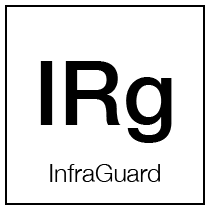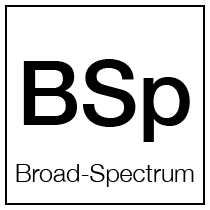





Treatment pack: Acne
Treatment pack for Acne

Anti-Acne

↓ Sebum

smooth skin

DNA repair

anti-aging






Choose options



hydrated skin

Even Skin Tone

protective barrier

Acne Breakouts

Oil Management

Congested Pores

Inflammation
Aging . Breakouts
treatment objectives
Aging . Breakouts
products in your treatment pack




Unclog Pores

Minimize Pores

Anti-Acne

anti-redness

↓ inflammation





SIZE: 30 mL

Unclog Pores

↓ Sebum

Anti-Acne

↓ inflammation

anti-aging






SIZE: 30 mL

Unclog Pores

Minimize Pores

Smooth Skin

anti-aging

DNA repair









SIZE: 30 mL

↓ Sebum

Unclog Pores

Anti-Acne

↓ inflammation

Ingrown hair







SIZE: 50 mL

Antioxidant

anti-aging

DNA repair

sun protection

Moisturizing























